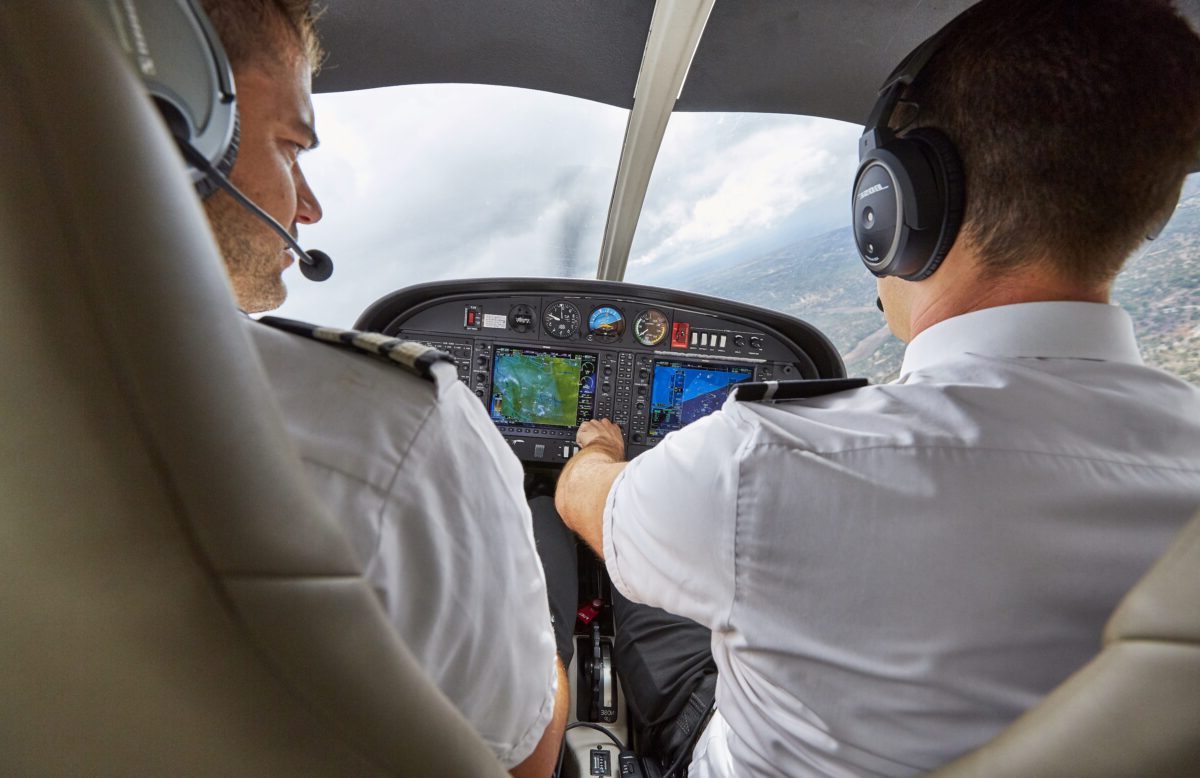
Aviation training programs are essential for anyone dreaming of soaring through the skies as a pilot. But what exactly do these programs entail? Aviation training programs cover everything from basic flight principles to advanced navigation techniques. They include rigorous ground school sessions, hands-on flight training, and simulations to prepare students for real-world flying. These programs also emphasize safety, ensuring that future pilots can handle emergencies with confidence. Aviation training programs are not just for aspiring commercial pilots; they also cater to hobbyists and those interested in specialized fields like aerial photography or agricultural aviation. Ready to take off? Let's dive into 14 fascinating facts about these programs!
Key Takeaways:
- Aviation training programs cover everything from flying planes to fixing them. They use cool simulators and have different levels of certification.
- After completing aviation training, you can become a pilot, flight instructor, or aircraft mechanic. Technology like VR and online courses are also used for learning.
What is Aviation Training?
Aviation training programs prepare individuals for careers in the aviation industry. These programs cover various aspects, from piloting aircraft to maintaining them. Here are some fascinating facts about aviation training programs.
-
Comprehensive Curriculum: Aviation training includes both theoretical and practical components. Students learn about aerodynamics, navigation, meteorology, and aircraft systems.
-
Flight Simulators: Modern training programs use advanced flight simulators. These devices replicate real flight conditions, helping students practice without leaving the ground.
-
Certification Levels: There are different certification levels in aviation training. These include Private Pilot License (PPL), Commercial Pilot License (CPL), and Airline Transport Pilot License (ATPL).
Types of Aviation Training Programs
Various types of aviation training programs cater to different career paths within the industry. Each program has unique requirements and outcomes.
-
Pilot Training: This program focuses on teaching students how to operate aircraft. It includes both ground school and flight training.
-
Maintenance Training: Aircraft maintenance technicians ensure planes are safe and operational. Training covers areas like avionics, engine repair, and airframe maintenance.
-
Air Traffic Control Training: Air traffic controllers manage the safe and efficient movement of aircraft. Training involves learning about radar systems, communication protocols, and emergency procedures.
Requirements for Enrollment
Aviation training programs have specific entry requirements. Meeting these prerequisites is essential for prospective students.
-
Medical Certification: Aspiring pilots must pass a medical examination. This ensures they are physically and mentally fit to fly.
-
Educational Background: Most programs require a high school diploma or equivalent. Some advanced programs may require college-level coursework in math and science.
-
Age Restrictions: There are age requirements for different certifications. For example, one must be at least 17 years old to obtain a Private Pilot License.
Career Opportunities in Aviation
Completing an aviation training program opens up various career opportunities. The aviation industry offers diverse roles for trained professionals.
-
Commercial Pilot: Commercial pilots fly passenger and cargo planes. They work for airlines, charter companies, and cargo carriers.
-
Flight Instructor: Experienced pilots can become flight instructors. They teach new students how to fly and prepare them for certification exams.
-
Aircraft Mechanic: Aircraft mechanics maintain and repair planes. They work for airlines, maintenance companies, and government agencies.
Technological Advancements in Training
Technology plays a significant role in modern aviation training. Innovations enhance the learning experience and improve safety.
-
Virtual Reality (VR): VR technology is used in flight training. It provides immersive experiences, allowing students to practice in a controlled environment.
-
Online Courses: Many programs offer online courses. These courses cover theoretical knowledge, making it easier for students to study at their own pace.
Final Thoughts on Aviation Training
Aviation training programs are essential for anyone dreaming of a career in the skies. These programs offer hands-on experience, rigorous coursework, and the chance to learn from seasoned professionals. They cover everything from basic flight principles to advanced navigation and emergency procedures.
Choosing the right program can make a huge difference in your career. Look for accredited schools with experienced instructors and modern equipment. Financial aid options can also help make your dream more affordable.
Remember, becoming a pilot or aviation professional requires dedication, hard work, and a passion for flying. But with the right training, the sky's the limit. So, if you're ready to take off on this exciting journey, start researching programs today. Your future in aviation awaits!
Frequently Asked Questions
Was this page helpful?
Our commitment to delivering trustworthy and engaging content is at the heart of what we do. Each fact on our site is contributed by real users like you, bringing a wealth of diverse insights and information. To ensure the highest standards of accuracy and reliability, our dedicated editors meticulously review each submission. This process guarantees that the facts we share are not only fascinating but also credible. Trust in our commitment to quality and authenticity as you explore and learn with us.


